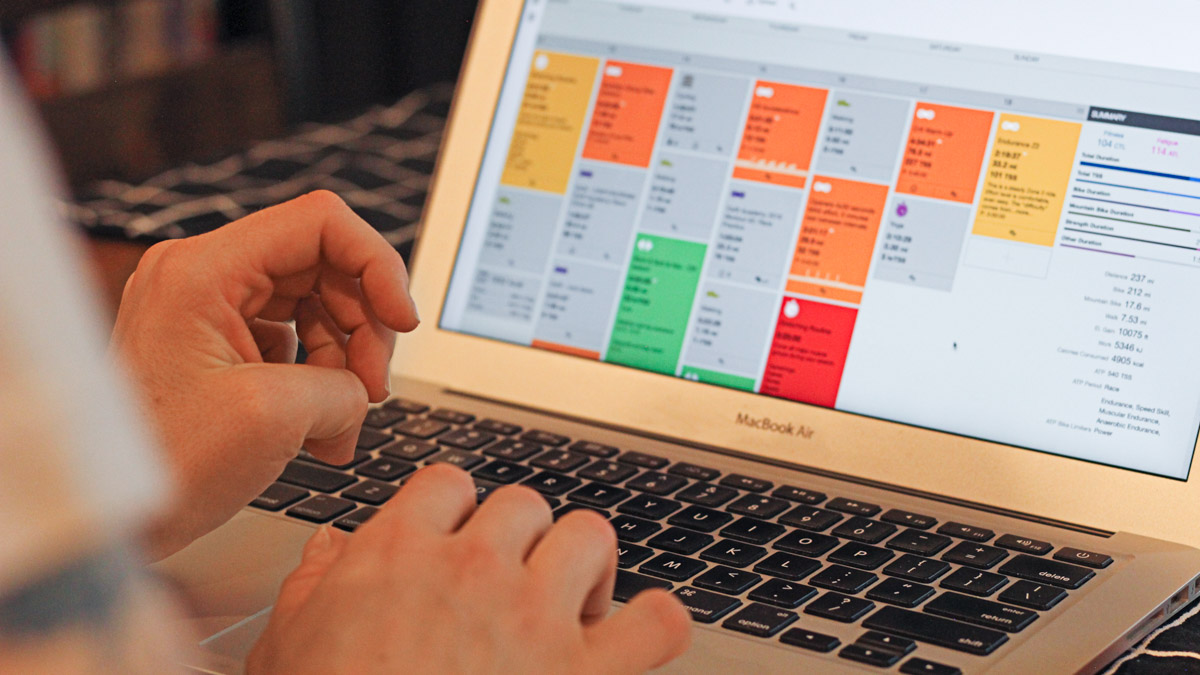As an athlete it’s not a matter of if, but when a workout will be missed. Most athletes manage a full time job, family responsibilities, other hobbies, and a thousand other things in conjunction with their training schedule (not to mention the current global pandemic). Life happens and workouts will be missed. With that fact out of the way let’s look at how to best move past missed sessions, and set yourself up for success moving forward.

One Workout Doesn’t Create Fitness
So often athletes will put undue pressure on a singular session, thinking that it will be the one that accelerates fitness. While certain sessions can be important for race prep and can be breakthrough performances, remember that no single workout creates the final product. Optimal fitness is built through consistency and over time. By shifting to a mindset of long term growth and consistency the pressure that so often accompanies workouts can be alleviated.
In other words: don’t stress over one missed workout. That stress can manifest itself in negative ways that will ultimately impact the quality of the sessions to come. Put your missed workout out of your mind and set your sights on what’s to come.
Refocus Your Energy
Athletes are naturally motivated and focused individuals. They have to be to set their sights on big goals and achieving their potential. However, that motivation and focus, if not harnessed properly, can be to an athlete’s detriment. It can cause athletes to put too much pressure on themselves, their workouts, and their performance. So often one missed workout can set off a chain reaction of negative thoughts and performances, leading to more missed workouts, eroded confidence, and dwindling motivation.
Instead of dwelling on your missed workout, do what you can to set yourself up for success on your next one—which means that instead of squeezing in the missed workout late at night, or too close to the next scheduled session, you should focus instead on rest, quality sleep, nutrition, and hydration so that the next training session is a high-quality one. Give yourself some latitude when it comes to missing one workout every now and again. You’ll be better for it in the long run.
How to Handle a Long Break
Sometimes things are out of our control. We get sick for an extended period of time, have a transition at work, have to move, travel, or any number of other scenarios that may cause extended pauses in consistent training. These are the moments that, if not handled correctly, can derail an athlete’s training, goals, and season. How long is a “long time”? A break of 10-14 days or longer is likely going to require some restructuring to the training plan.
That’s because training is written to be progressive. If you miss two weeks, jumping back into the training plan as it was originally written may be too challenging, leading to potential burnout or injury. So instead of diving back into long workouts after an extended break, adjust your expectations (including near-term race goals) and give yourself time to rebuild. A long break doesn’t have to be the end of the season, but it should be approached with care and a critical eye to ensure success moving forward.
Training, just like life, is dynamic. Plans will change, workouts will be missed, and expectations will need to be adjusted. The only thing you can really control is how these missed sessions impact your success in the future. Focus forward whenever possible, and if you’ve been forced to take a longer break, remember that you can reassess and continue to set yourself up for long-term success.




